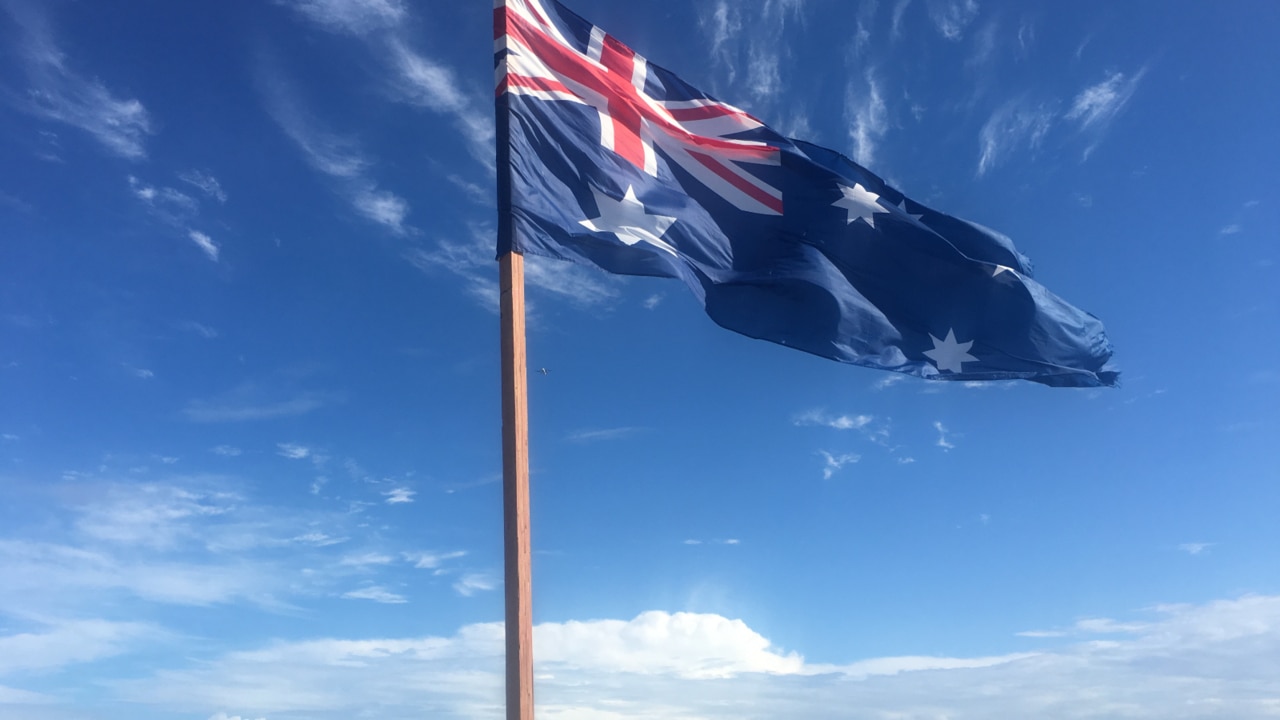Qantas engine failure flight report finds crew had no warning
The final report on a Qantas flight that suffered engine failure has revealed the cockpit voice recorder was ‘inadvertently’ wiped after the incident.

The final report on a Qantas flight that suffered engine failure en route from Auckland to Sydney has revealed the cockpit voice recorder was “inadvertently” wiped by engineers after the incident.
The accidental wiping meant investigators were left with no proof of what was said on the flight deck when the left engine failed, prompting pilots to issue a “mayday” alert.
In response to the mayday, more than a dozen emergency service vehicles assembled at Sydney Airport on January 18, ahead of flight QF144’s arrival.
The Australian Transport Safety Bureau’s report found the flight crew was given no warning of the engine failure an hour and 24-minutes after takeoff.
“The flight crew reported they did not detect any change in parameters, which may have alerted them to an impending engine issue,” said the report.
“In addition, recent maintenance was indicative of a normally operating engine.”

The reason for the sudden shutdown was later found to be “the separation of the radial drive shaft”.
“The mechanical discontinuity between the engine core and accessory drive shaft resulted in loss of fuel pump pressure and the subsequent engine failure,” the report said. “The drive shaft failure also prevented the engine restart.”
The mayday call was accompanied by a request from the pilots for an immediate descent from 38,000 feet to 24,000 feet.
As the pilots worked through checklists, the Boeing 737-800 continued to descend to 20,000 feet and on approach to Sydney downgraded the mayday to a “pan pan”.
The report noted a mayday referred to “serious and/or imminent danger, requiring immediate assistance” while a “pan pan” was a condition concerning the safety of an aircraft which does not require immediate assistance.
Despite the downgrade, the pilots advised air traffic control they still wanted aviation firefighting services to attend and inspect the left engine before taxiing to the gate.
The ATSB considered whether the flight should have diverted to Norfolk Island rather than continue onto Sydney but were satisfied the pilots made the right call.
ATSB director of transport safety Kerri Hughes said the aircraft was around 150km closer to Norfolk Island than Sydney Airport, but the diversion would have required a deviation from the current track.
“The decision to continue to Sydney ensured no additional risk was added to an already high workload situation,” said Ms Hughes.
In response to the incident, Qantas had taken steps to amend procedures in order to avoid the cockpit voice recorder being overwritten, the ATSB said.
“Although not critical to this investigation, this (cockpit voice recorder) information could have provided direct evidence regarding the flight crew’s co-ordination, checklist management, and decision-making throughout the flight,” said the report.
Qantas fleet safety captain Debbie Slade said the ATSB report highlighted the extensive training of pilots and cabin crew, who followed standard procedures in response to the engine failure.
“While in-flight engine shutdowns are rare, and would naturally be concerning for passengers, our pilots are trained to manage them safely and aircraft are designed to safely fly for an extended period on one engine,” said Captain Slade.







To join the conversation, please log in. Don't have an account? Register
Join the conversation, you are commenting as Logout